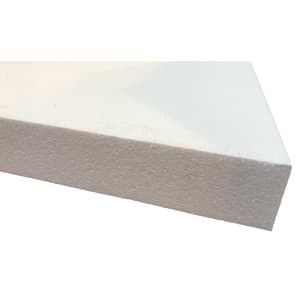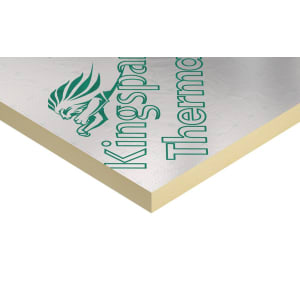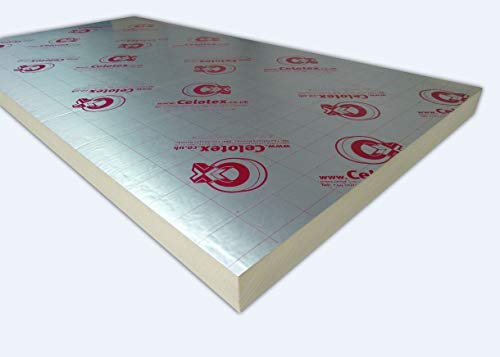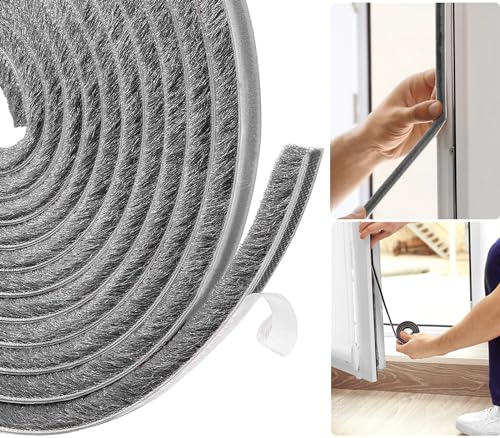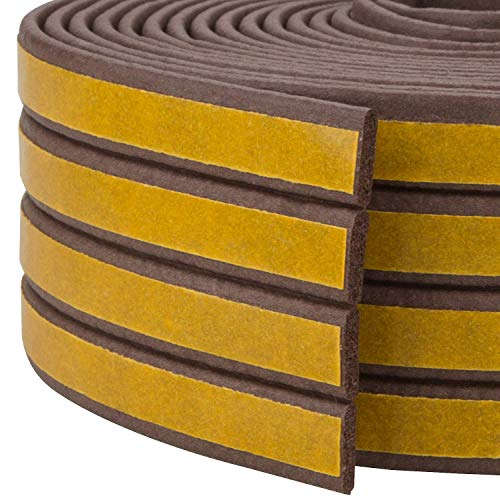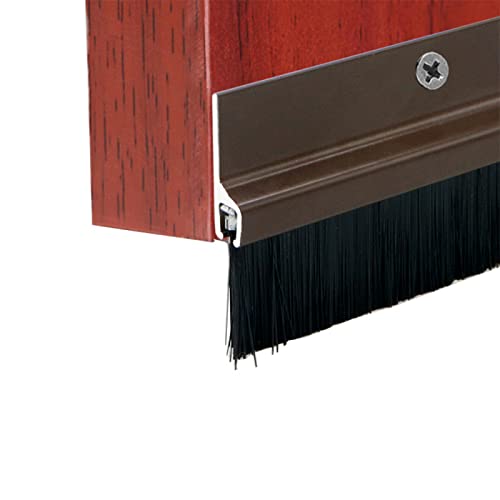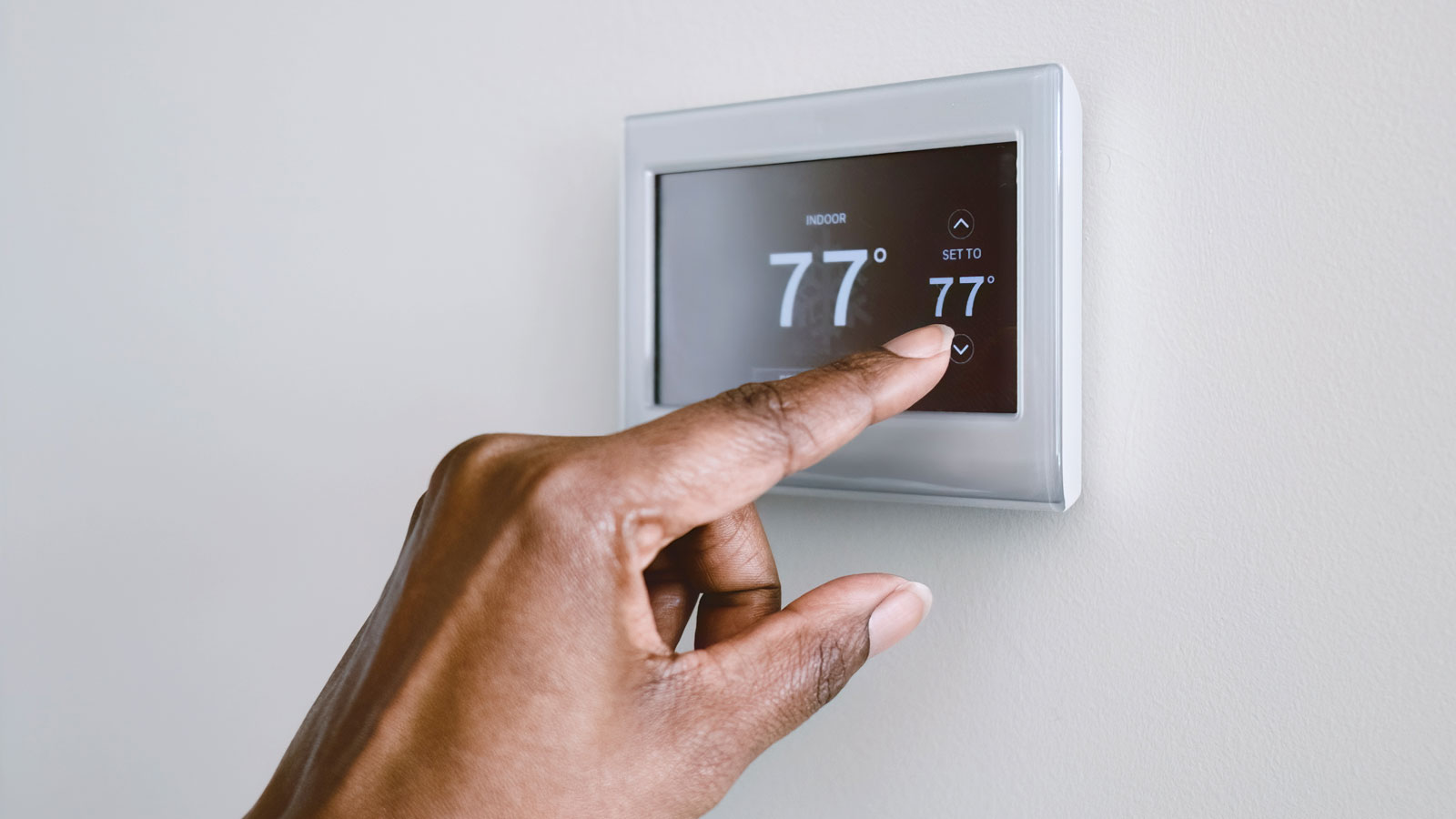I'm a building expert and am often asked 'what are the best ways to insulate your home?' Here's my top 6 recommendations
The best ways to insulate a home mean choosing the right materials for maximum efficiency. Building expert, Mark Stevenson, shares his top tips
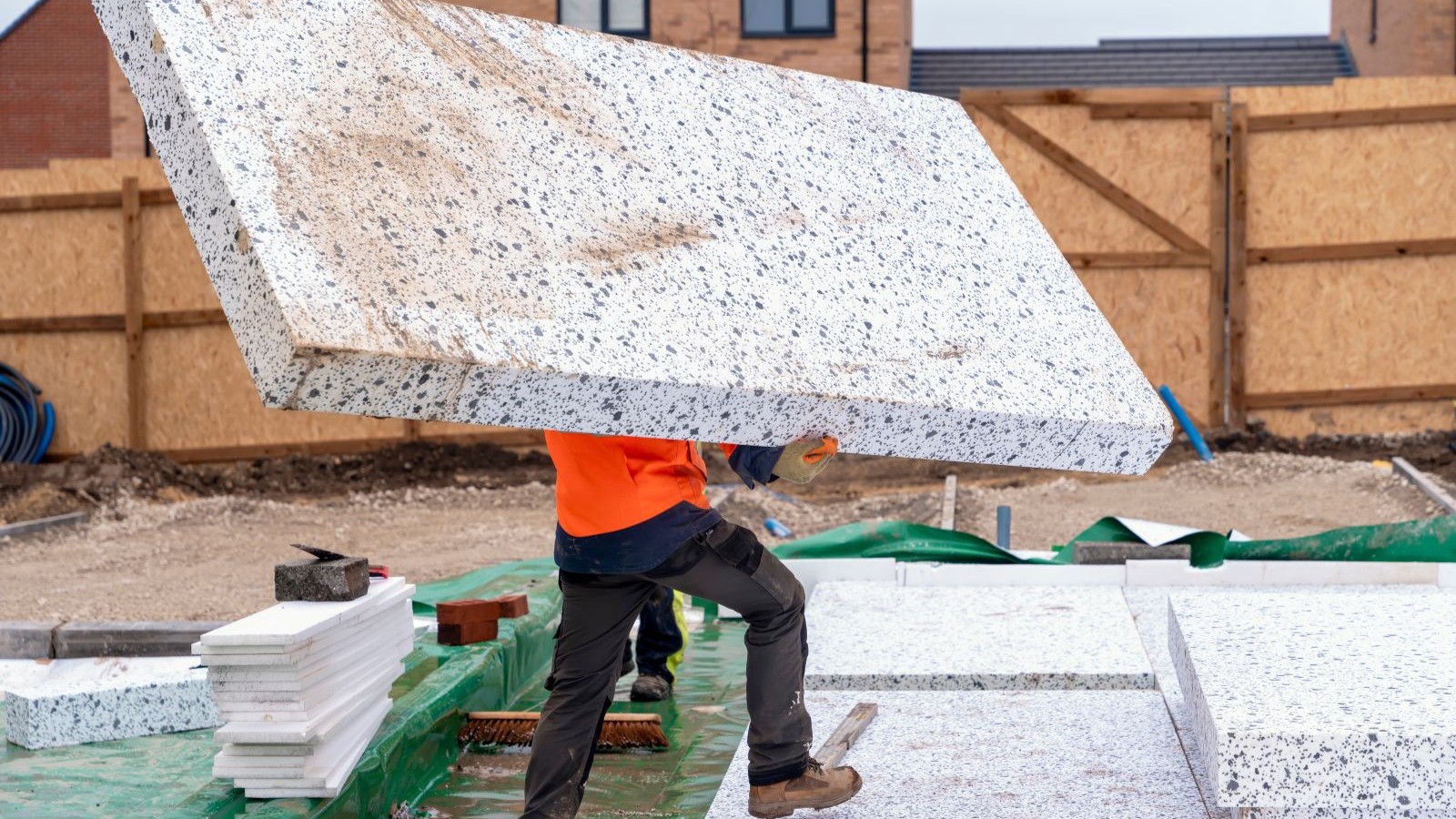
When it comes to improving the energy efficiency of your home, insulation isn’t just helpful – it’s essential. It is the backbone of a warm, comfortable, and environmentally friendly home.
But with so many options available, figuring out the best ways to insulate your home can be overwhelming.
I've built my own home, as well as advising many others along the way, so whether you’re self-building, renovating, or simply looking to lower your heating bills, here's what I consider to be the best ways to insulate your home.
Benefits of insulating well
A well-insulated home keeps the heat in during winter and out during summer. Without adequate insulation, heating and cooling systems must work harder, increasing energy consumption and fuel bills. According to the Energy Saving Trust, up to 25% of heat loss escapes through uninsulated walls and roofs. That’s a lot of wasted energy – energy you’ve paid for.
Reducing energy wastage is easy – add insulation. The principle is simple: insulation reduces the rate at which heat is lost through building elements. The better the insulation, the slower the heat escapes. And because heating systems don’t have to work as hard, you’ll not just save money – you’ll extend the life of your heating too.
But, insulating your home isn’t just good for your bank balance – it’s good for the planet too. By reducing energy consumption, your home will generate less carbon.
According to the UK’s Climate Change Committee, energy use in buildings accounts for around 17% of the UK’s total emissions and improving insulation is one of the most effective ways to meet net zero targets. And with lots of sustainable eco insulation products available, your choice of insulation can also help reduce the environmental impact of how it's made.
Bring your dream home to life with expert advice, how to guides and design inspiration. Sign up for our newsletter and get two free tickets to a Homebuilding & Renovating Show near you.
Best ways to insulate your home
1. Choose the best insulation materials
The choice of insulation materials is vast, each having their own pros and cons. Here’s how some of the most common materials compare:
- Mineral wool like this Rockwool from Wickes is dense, durable, and offers excellent fire resistance (withstands temperatures up to 1,000°C). Mineral wool insulation is also a good acoustic insulator. However, compared to fibreglass, it’s heavier, can be harder to work with, and requires relatively thick layers to achieve the required thermal performance. Its thermal conductivity typically ranges from 0.034 to 0.040 W/mK.
- Fibreglass (glass wool): Lightweight and affordable, fibreglass is a common choice for DIYers, especially for insulating lofts. It’s made from recycled glass and offers good thermal performance, typically around 0.044 W/mK, though higher-density batts can offer 0.034 W/mK. It’s less robust than mineral wool and prone to moisture absorption and sagging if not installed properly.
- PIR (Polyisocyanurate) boards: Manufactured as rigid insulation board, PIR is among the most thermally efficient products available, with conductivity as low as 0.022 W/mK. They’re ideal for insulating floors, walls and pitched roofs, where space is tight. PIR foam is closed cell, moisture resistant and durable. Unfortunately, it’s relatively expensive and difficult to install in irregular spaces.
- Polystyrene beads (EPS): Often used in retrofit cavity wall insulation, EPS beads are blown into the cavity, forming an insulation layer that resists moisture and mould. They’re suitable for walls exposed to driving rain, but come with higher costs and fire safety concerns, depending on the system.
- Cellulose Insulation is an eco-friendly material made from recycled paper treated with fire retardants. With a thermal conductivity of around 0.040 W/mK, it's typically blown into cavities and lofts and offers good performance, but, settles over time.
- Spray foam (Polyurethane): With excellent airtightness and good thermal resistance, spray foam sounds ideal. However, as a result of condensation problems it has become controversial due to potential impacts on mortgageability.
- Sheep’s wool: A natural insulation and sustainable choice that’s great at regulating moisture and providing decent thermal performance (around 0.035–0.040 W/mK). Sheep wool insulation like this Thermafleece on Amazon is safe to handle, biodegradable, and can absorb moisture, but watch out for bugs and high costs.
Each material offers its own balance of insulation cost, performance, and suitability. Rather than differentiating one product as better than another, it’s more about putting the right product in the right place.
For example, if you’re insulating a loft with ample space, fibreglass or mineral wool might be best. But for tight cavities or where thermal performance is critical, PIR boards will be the best option.
2. Add insulation in the right areas
- Loft insulation – Heat rises, and with around 25% heat loss, lofts are one of the most important areas to target. Laying rolls of mineral wool or fibreglass between and across ceiling joists is standard practice. For warm roof designs, rigid PIR boards can be installed above or below rafters but remember to maintain ventilation paths. A specialist alternative for insulating lofts is blown cellulose insulation. The objective is to distribute the loose fill material evenly to create a thick insulating layer.
- Wall insulation – Walls also have a potential for significant heat loss. Cavity wall insulation is built in during construction using rigid boards or mineral wool batts. For existing properties, blown-in insulation of either mineral wool or EPS beads are common. Solid walls can also be insulated internally with rigid boards or externally with insulated render systems subject to good quality design.
- Floor insulation – Ground floors can be insulated using rigid PIR or EPS boards laid over or below the slab of new builds. Suspended timber floors can have insulation fitted between the joists, though it’s essential to maintain ventilation to prevent rot.
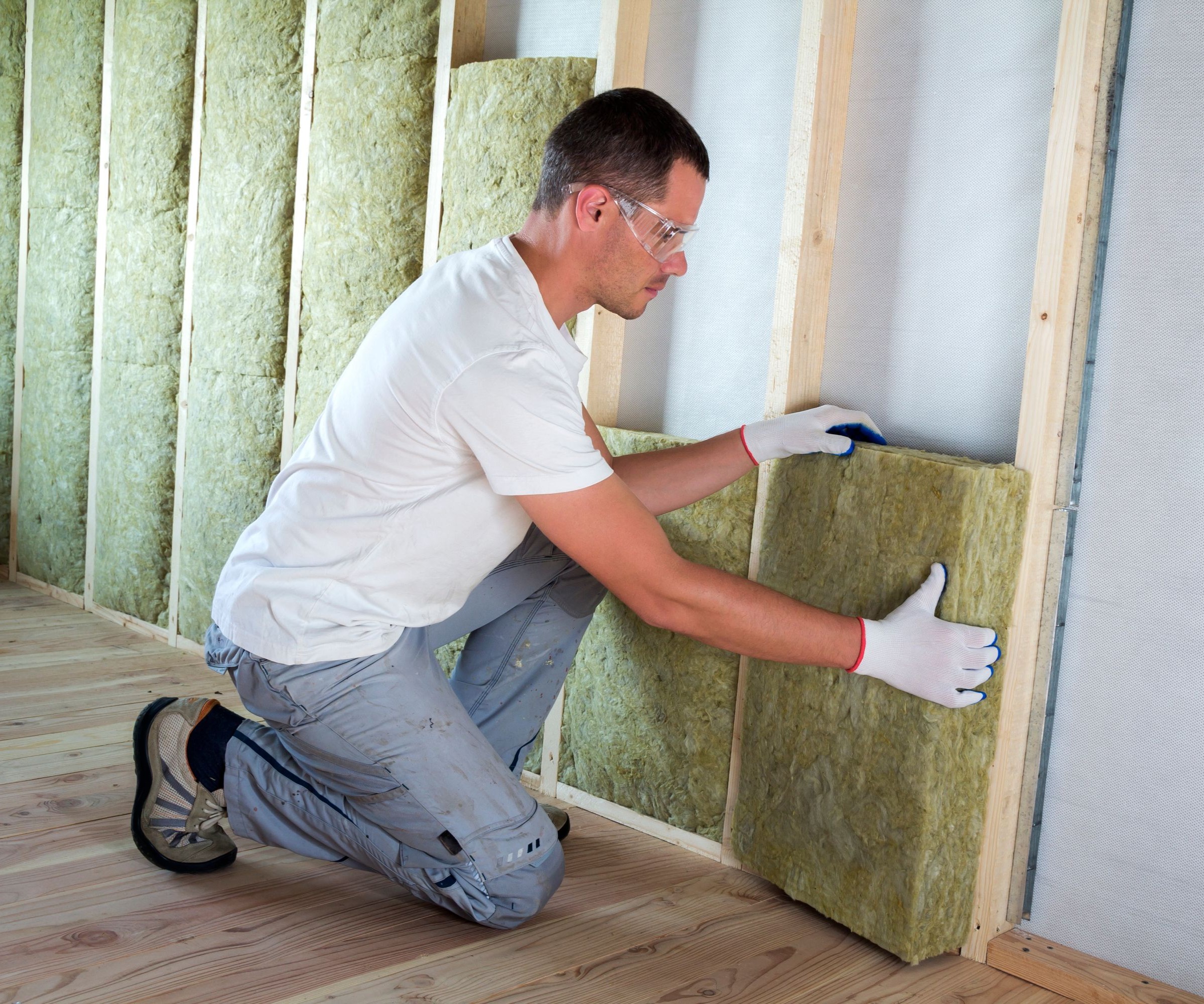
3. Also consider where NOT to insulate
It's just as important to understand where to avoid when insulating your house. Areas in a home never to insulate include those with persistent damp or poor ventilation, and these shouldn’t be insulated without careful design.
Closing in damp with insulation will trap moisture, potentially causing rot, mould or damage to the insulation material. Watch out for thermal bridging – where gaps in insulation allow heat to bypass the insulated layer. This often occurs with bad fitting or around junctions such as window reveals, and can lead to mould growth.
4. Inject cavity wall insulation for a quick solution
Specialist contractors drill small holes in the mortar joints and blow in mineral wool, or polystyrene beads as cavity wall insulation. It’s relatively quick, but the wall must be in good condition, and materials should be chosen based on exposure risk.
5. Install rigid foam boards in walls and floors
Common in walls and floors, insulation boards are fixed directly to supporting timbers or blockwork or laid over floor slabs. They require precise fitting to prevent gaps and thermal bypass and may need joints taped to prevent interstitial condensation.
Shop rigid insulation board
6. Make sure you draughtproof too
You can have the best insulation in the world, but if gaps in windows, floors, or around pipes leak air, you’ll still lose heat. Draughtproofing seals uncontrolled air leakage, preventing cold air from getting in and warm air escaping.
Whilst this sounds contradictory, good insulation and airtightness must always be paired with controlled ventilation to avoid damp and poor indoor air quality.
Sealing around skirting boards and pipe penetrations can make a big difference especially when coupled with specialist MVHR systems to control the internal environment and recover warmth from unwanted stale air.
Shop draught excluders
FAQs
Can I install insulation myself?
Yes, especially when insulating lofts. But insulation systems that require specialist equipment or design are best left to professionals to avoid performance and damp issues.
Is cavity wall insulation always suitable?
No. If your home is in an exposed location, or the walls have particularly narrow cavities or are in poor condition, it may not be recommended. Always get a professional survey.
Will insulation reduce noise?
Absolutely. Materials like mineral wool are excellent at reducing airborne sound between rooms or from outside, but don’t forget, there may be alternative paths of noise transmission.
Is it worth insulating a suspended timber floor?
Yes, particularly if the floor is cold or draughty. Insulation can be fitted between joists but remember to maintain underfloor ventilation.
What’s the best insulation for a tight budget?
Fibreglass is one of the cheapest insulation materials. It’s widely available and performs well but isn’t necessarily suited to all situations.
Improving insulation is one of the most effective improvements you can make to your home. It saves money, enhances comfort, and helps reduce your environmental impact.
Whether you opt for fibreglass in your loft, rigid boards on the walls, or even eco-friendly cellulose, the key is to choose the right material for the job and to install it properly.
While insulating an extension you'll likely need to comply with building regulations. However, if you want to upgrade your entire home's energy efficiency you can also consider other measures such as switching out an old boiler for a more modern heating system like an air source heat pump.
Mark Stevenson has worked as a construction professional for over 30 years and following an extensive career in housebuilding. He is currently chief operating officer for Custom Build Homes and chair of the National Custom and Self Build Association. He previously worked as managing director for Potton, helping self builders build their own homes.
Whilst Mark describes himself as a ‘professional builder’ as a result of his career in housebuilding and timber building system manufacturing, he has specialist knowledge of timber construction and extensive expertise in finding land and project management.
He regularly shares his knowledge at Homebuilding & Renovating Shows and and coaches self builders about how to build their own homes. Aside from Mark’s professional career, his skills also extend to practical building knowledge as a skilled joiner, hands-on renovator and serial self-builder of his own development projects.
He is also Vice Chair of industry body, the Structural Timber Association.
